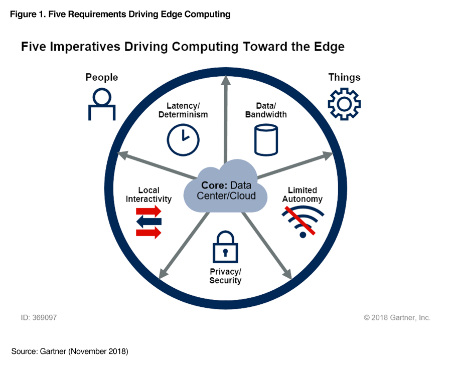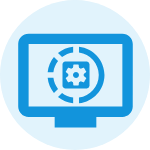Top 2019 enterprise storage arrays win Product of the Year
Winners of the 2019 Products of the Year signal a shift from disk to flash storage arrays. Vast Data takes gold, NGD Systems wins silver and DataDirect Networks captures bronze.
NGD Systems Raises $20 Million in Series C Funding
NGD Systems Raises $20 Million in Series C Funding to accelerate the deployment of the World’s First NVMe Computational Storage Drive.
The latest round includes new investments from MIG Capital and Western Digital Capital Global, Ltd, that enables artificial intelligence and edge computing within computational storage.
NGD Systems Becomes First to Demonstrate Azure IoT Edge using Computational Storage
The world leader in NVMe Computational Storage, announced today at the Flash Memory Summit that it has embedded the Azure IoT Edge service directly within its Computational Storage solid-state devices (SSDs), making them the only platform to support the service directly within a storage device.




